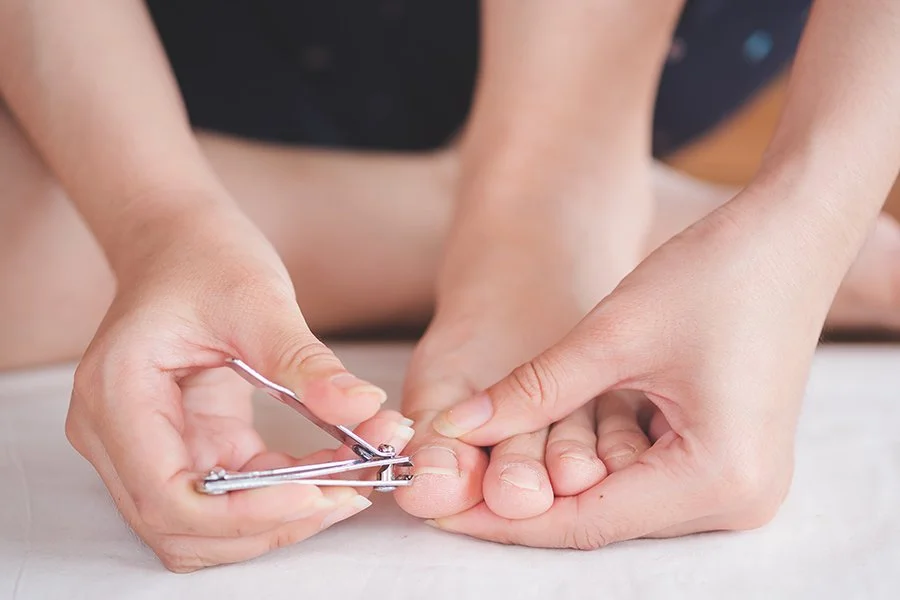Ingrown Toenails
Ingrown nails are a common and often painful condition that occurs when the nail curves and grows into the surrounding skin. This irritates the skin, resulting in pain, redness and swelling to the affected toe.
If left untreated, a break in the skin can allow bacteria to enter and cause an infection, allowing for pus and fluid to accumulate. If this is the case, professional treatment is mandatory especially for those with medical conditions that place their feet at high risk (e.g. Diabetes Mellitus or vascular conditions).
Removal of an ingrown toenail does not need to be painful and once treated, patients often feel relief shortly after. If an ingrown toenail is infected, obtaining antibiotics through your GP may be advised. This will certainly help reduce the symptoms of the infection but it will not address the cause of it.
Ingrown toenails arises from the following causes:
Abnormal nail growth due to previous trauma.
Poor nail-cutting techniques.
Heredity/genetics.
Ill-fitting footwear.
Treatment
Podiatric treatment involves removing the irritated spicule or portion of the nail. The procedure may either be performed with or without the use of local anesthetic. Regular podiatry care can help improve nail growth and prevent recurrence and infection. Advice on correct nail-cutting techniques and preventative measures would also be provided.
In cases where these conservative measures do not provide you with adequate relief, nail surgery should be considered. This is a minor procedure that offers a high success rate of permanent ingrown toenail removal. If you are considering this option, we will happily explain the procedure to you without the confusing medical terms and provide a quote. If you are covered for Podiatry by your health insurance, you are able to claim this surgery, which is referred to a Partial Nail Avulsion surgery.


